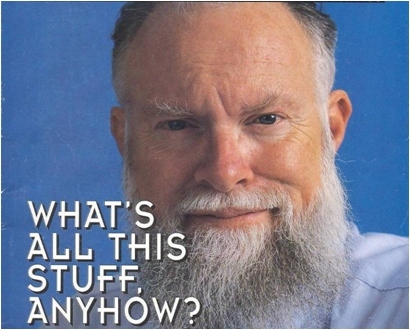Bob Pease died a year ago yesterday. What a loss for us analog heads who struggle to make our circuits work. His wealth of knowledge and experience seemed limitless. His insight and intuitive explanations helped so many engineers understand their circuits better.
I can’t say that I read every one of his columns. He often strayed far off his mainstream analog topics, waxing into lengthy discussions on hiking, sudden acceleration of cars and on and on. Sometimes these topics caused me to skip over the column. Other times I found it fascinating to peek into the curious, noisy mind of a genius. His quirkiness and eccentricity were legendary. All the more fun.
The marriage of Texas Instruments and National Semiconductor was a work in progress a year ago and we were officially prohibited from making contact with our new colleagues. I was so eager to reach out to Bob and ask a few questions. How disappointing it was that we missed by just a matter of weeks.
Please honor Bob by adding your comments below—maybe by mentioning a particularly memorable column, whether useful or quirky. And check out the “Remembering Bob Pease” page where you’ll find all of Bob’s stuff and links to last year’s comments from friends and colleagues.
RIP RAP,
Bruce

